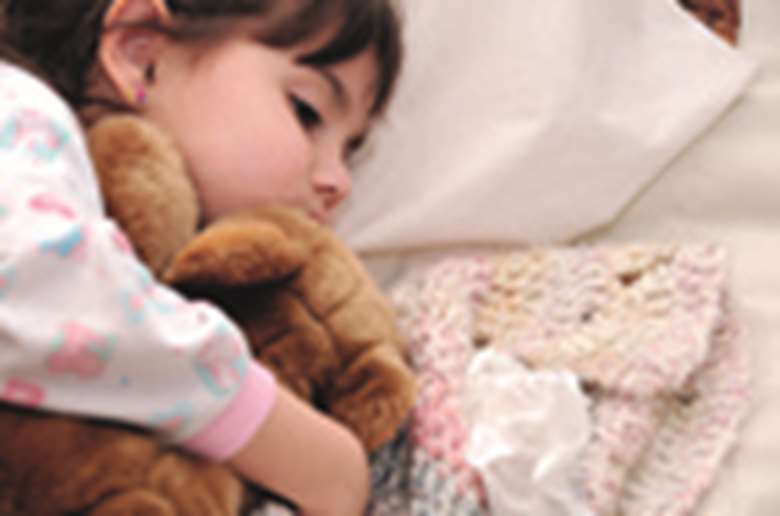A Unique Child: Health - A doctor's diary ... meningitis
Dr Raj Thakkar
Tuesday, October 20, 2009
'... my child has a fever, but there's no rash, so at least she doesn't have meningitis ...'

Register now to continue reading
Thank you for visiting Nursery World and making use of our archive of more than 35,000 expert features, subject guides, case studies and policy updates. Why not register today and enjoy the following great benefits:
- Free access to 4 subscriber-only articles per month
- Unlimited access to news and opinion
- Email newsletter providing activity ideas, best practice and breaking news




